Photo Album: Armenia & Georgia, May 2016

HALI Tour Armenia & Georgia May 2016
120 images
Highlights from the second HALI Tour to Armenia & Georgia. A group of 19 guests participated on the 9-day tour led by HALI editorial staff Ben Evans and Rachel Meek and local guides Tamara Natenadze, Vladimir Grigoryan and Tatev Muradyan.
- The Silk Museum, Tbilisi. Purpose built as the Caucasian Sericulture Station in 1887
- Gilded silk moth ornamentation in the stairwell at The Silk Museum, Tbilisi.
- The Silk Museum, Tbilisi.
- Vintage photograph showing 19th century sericulture in Georgia. The Silk Museum, Tbilisi.
- Works in progress in the studio of Nino Kipshidze
- Studio of Nina Kipshidze and Dato Archil Sulakauri, Tbilisi
- Fresh strawberries and very local family produced house wine at the house of Nino Kipshidze, Tbilisi
- Ben Evans discusses emboidered Georgian folk costumes in the private collection of Nino Kipshidze with Nino and Irine Koshoridze
- Private collection of Tushetian kilims on the veranda at the house of Nino Kipshidze, Tbilisi
- Georgian folk costume detail in private collection
- Georgian folk costume detail in private collection
- Georgian folk costume detail in private collection
- Georgian folk costume detail in private collection
- Georgian folk costume detail in private collection
- Domes of thermal sulphur Bath Houses, Tbilisi
- Evening view from the Funicular Complex Restaurant atop the Mtatsminda Plateau, Tbilisi
- Gold necklace, circa 3rd century BC, Archaeological Treasury, Simon Janashia Museum of Georgia, Tbilisi
- Gold earrings, circa 3rd century BC, Archaeological Treasury, Simon Janashia Museum of Georgia, Tbilisi
- Dancer with a Tambourine, Qajar painting, early 19th century, Simon Janashia Museum of Georgia, Tbilisi
- Dancer with a Tambourine (detail) showing Cashmere shawls, Qajar painting, early 19th century, Simon Janashia Museum of Georgia, Tbilisi
- Cashmere shawl (detail), 19th century, in the stores at National Museum of Georgia, Simon Janashia Museum of Georgia, Tbilisi
- Cashmere shawls in the stores at National Museum of Georgia, Simon Janashia Museum of Georgia, Tbilisi
- Mohtashem rug (detail) circa 1890 in the stores at National Museum of Georgia, Simon Janashia Museum of Georgia, Tbilisi
- In the stores at National Museum of Georgia, Simon Janashia Museum of Georgia, Tbilisi
- Museum tour with Irine Koshoridze, Director of the Georgian State Museum of Folk and Applied Art
- HALI Tour group view material from the archives with Irine Koshoridze, Director of the Georgian State Museum of Folk and Applied Art
- Mosaic, Georgian State Museum of Folk and Applied Art
- HALI Tour group and guide, Tamara Natenadze at Mtskheta, Georgia
- 7th-century Jvari monastery, Mtskheta, Georgia
- Guide Tamara Natenadze at the 11th-century Svetitskhoveli Cathedral
- St. Nino icon, Svetitskhoveli Cathedral, Georgia
- St. George imagary at the base of a cross, Svetitskhoveli Cathedral, Georgia
- Mural, 17th century Svetitskhoveli Cathedral, Georgia
- Buried ceramic Qvevri vessels in an artisan Kartlian vinyard near Mtskheta, Georgia
- Lunch and wine tasting artisan Kartlian vinyard near Mtskheta, Georgia
- Mafrash kilim (detail) late 19th century, Tbilisi dealer
- Embroidered deer skin coat, Kyrgyzstan, ‘not for sale’ at at Tbilisi dealers
- Dry Bridge Antiques Market, Tbilisi
- ‘Tamada’ (თამადა) sculpture, toastmaster at Georgian feasts and guide Tamara Natenadze, Tbilisi
- Polyphonic singers at the dinner table, Restaurant Azarphesha, Tbilisi
- Carving on an 18th century house at the Open Air Ethnographic Museum, Tbilisi
- Open Air Ethnographic Museum, Tbilisi
- Georgian kilim as used in an 18th century house, Open Air Ethnographic Museum, Tbilisi
- Woven walls, Open Air Ethnographic Museum, Tbilisi
- Traditional Georgian interior, Open Air Ethnographic Museum, Tbilisi
- Ben Evans models a newly made traditional Georgian felt shepherds costume, Tbilisi
- Lunch at Cafe Littera, Tbilisi
- Decorative overhanging detail similar to that familiar from Islamic architecture, Haghpat Monastery, Armenia
- Haghpat Monastery, Armenia
- Khachkar stone coloured with red kermes dye, Haghpat Monastery, Armenia
- Haghpat Monastery, Armenia
- Wood carver, Dilijan, Armenia
- Captain Karen Balayan introduces the Cilicia sailboat, Lake Sevan, Armenia
- Cilicia sailboat undergoing repair, Lake Sevan, Armenia
- Cilicia sailboat, Lake Sevan, Armenia
- Ben Evans at the helm of Cilicia sailboat, Lake Sevan, Armenia
- HALI Tour group at Cilicia, Lake Sevan
- Museum of Ethnography & Carpets, Gavar, Armenia
- Museum of Ethnography & Carpets, Gavar, Armenia
- Museum of Ethnography & Carpets, Gavar, Armenia
- Room set of an early 20th century rural Armenian home with felts and kelims, Museum of Ethnography & Carpets, Gavar, Armenia
- Room set of a wealthy early 20th century Armenian home, Museum of Ethnography & Carpets, Gavar, Armenia
- Museum of Ethnography & Carpets, Gavar, Armenia
- Ceramic salt cellar on a Kazak kelim, Museum of Ethnography & Carpets, Gavar, Armenia
- Salt bag, Museum of Ethnography & Carpets, Gavar, Armenia
- Staff and Director, Museum of Ethnography & Carpets, Gavar, Armenia
- ‘History of Armenia’ manuscript showing figure wearing a cintamani robe, 16th century, Matenadaran, Yerevan
- Folk singers with instruments seated on carpets, 13th – 14th century, Matenadaran, Yerevan
- Gospel showing figure wearing a cintamani robe, 1549, Matenadaran, Yerevan
- Professor Levon Choogaszian reveals precious fragments of early Indian and Sasanian textiles used in medieval book bindings, Matenadaran, Yerevan
- Decorative panel on the entrance to Etchmiadzin Cathedral
- Entrance to Etchmiadzin Cathedral
- Dome within Etchmiadzin Cathedral
- HALI Tour group 2016 with Father Asoghik, Director of the Museums & Archives of the Mother See of Holy Etchmiadzin
- Indian silver donated to the Etchmiadzin treasury by the Armenian Church in India
- Rachel Meek discusses items in the Etchmiadzin treasury with Father Asoghik
- Indian chintz made for the Armenian church (detail), dated 1709, Holy Mother See, Etchmiadzin, Armenia
- St Gregory the Illuminator depicted on an Indian chintz made for the Armenian church (detail), 1709, Holy Mother See, Etchmiadzin, Armenia
- Resist dyed indigo altercloth, made in India for the Armenian Church (detail), donated to the treasury from Georgia, Holy Mother See, Etchmiadzin, Armenia
- Traditional tonir underground oven – lunch at Sardarapat
- Lunch at Sardarapat
- Staff and Director, Museum of Sardarapat
- Dragon rug, 17th century, Museum of Sardarapat
- Mafrash, Museum of Sardarapat, Armenia
- ‘Lenkoran’ rug, Museum of Sardarapat, Armenia
- Kazak rug, Museum of Sardarapat, Armenia
- Unusual rug with Armenian inscription, Museum of Sardarapat, Armenia
- Weft float brocade and flatwoven textile (detail), Museum of Sardarapat, Armenia
- Flatwoven door hanging, Museum of Sardarapat, Armenia
- Armenian folk costumes, Museum of Sardarapat, Armenia
- Rug on the loom with design taken from 18th century embroidery in the Etchmiadzin Treasury, Megerian Carpets Factory, Yerevan
- Tour of the Megerian Carpets Factory, Yerevan
- Megerian Carpet Museum, Yerevan
- ‘Sevan’ rug, Megerian Carpet Museum, Yerevan
- Megerian Carpet Museum, Yerevan
- Megerian Carpet Museum, Yerevan
- Megerian Carpets restoration workshops, Yerevan
- Megerian Carpets restoration workshops, Yerevan
- Kilim storage bag, early 20th century, Vernissage Market, Yerevan
- Vernissage Market, Yerevan
- Kilim, Bordjalou region, 20th century, Vernissage Market, Yerevan
- Armenian Canadian wedding party at Garni Temple
- Geghard Monastery, Armenia
- Church at Geghard Monastery, Armenia
- Vladimir Grigoryan tour guide, Arpi Avdalyan National Master of Embroidery, Hovik Hoveyan Museum Director, Dr Levon Chookaszian and Tatev Muradyan Museum Curator at the Hovannes Sharambeyan Museum of Folk Arts, Yerevan
- Embroidery depicting bees and gardens, Hovannes Sharambeyan Museum of Folk Arts, Yerevan
- Ayntab embroidery, Armenia, Hovannes Sharambeyan Museum of Folk Arts, Yerevan
- Kilim, Hovannes Sharambeyan Museum of Folk Arts, Yerevan
- Armenian Traditional Music Ensemble performance at Hovannes Sharambeyan Museum of Folk Arts, Yerevan
- Weaver at the Folk Arts Hub Foundation at the Silk Road Hotel, Yerevan
- Folk Arts Hub Foundation at the Silk Road Hotel, Yerevan
- Traditional Armenian costume modelled at the Folk Arts Hub Foundation at the Silk Road Hotel, Yerevan
- Lunch in the garden of the Silk Road Hotel, Yerevan
- HALI Tour guests and Levon der Bedrossian, Owner of the Silk Road Hotel, Yerevan
- Lavash bread baking at the Silk Road Hotel, Yerevan
- Lavash bread baking at the Silk Road Hotel, Yerevan
- Vladimir Grigoryan tour guide and Tatev Muradyan manager of the Silk Road Hotel and Folk Arts Hub, Yerevan
- Leaving gifts for HALI Tour guests
- HALI Tour group 2016 at the Silk Road Hotel, Yerevan
- Levon der Bedrossian, Ben Evans, Vladimir Grigoryan, Rachel Meek and Tatev Muradyan – presentation of a hand knotted commemorative rug made at the Silk Road Hotel Folk Arts Hub, Yerevan
Following the success of the first HALI Tour to Armenia and Georgia in September 2015, Ben Evans and Rachel Meek returned with another group of international guests for nine days in May 2016. Below is an account of the most recent of these tours. An abridged version will appear in HALI 188. Please view textiles, rugs and other items from the Tour in the photo album above.
After Ben Evans’ first visit to Armenia to attend a carpet conference in 2013 (HALI 179, pp. 92-103), he recognised the potential of drawing the attention of a wider audience to the importance and variety of textiles there by taking HALI Tours to the region. Thirteen guests joined the first of these in Yerevan in September 2015 for a round trip of some 600 miles, also crossing into neighbouring Georgia for a day. This consolidated and enriched our understanding of Armenia and Georgia as nations with complex histories, rich weaving traditions and populations long involved in the production and trade of textiles. So we returned a second time with a slightly larger group, a slightly longer tour and more time scheduled in the tantalising Georgian capital, Tbilisi, where nineteen guests assembled on 7 May 2016.
An air of accomplished and easy-going cultural activity pervades the city, enthusiastically cultivated by a young generation of post-Soviet Georgians. Among the picturesque crumbling architecture scoped out from the glass elevators of our high-rise hotel is the State Silk Museum. There gilded silk moths decorate the interior coving and collections of cocoons, vintage photographs and the leaves of the mulberry tree recall the building’s original incarnation as part of the Caucasian Sericulture Station built in 1887-1891.
At the Museum of Fine Arts, many examples of finely granulated goldwork represent highly advanced civilisations inhabiting the Georgia region over 2000 years ago. We were met by Irina Koshoridze, a figure integral to the Tbilisi textile scene. She is the curator of the Islamic collection there, as well as director of the State Museum of Folk and Applied Arts. She introduced Qajar paintings showing Kashmir shawls as part of Persian court costume before guiding us behind the scenes to see just such textiles, carpets and hefty Qajar ceramic tile fragments in the stores. At her other museum is a comprehensive collection of exquisitely executed field drawings and photographs with applied colour made by Jūlijs Straume, a 19th-century researcher working for the Russian empire. The project was commissioned in order to investigate the commercial potential of existing local craft practices and forms an invaluable database, predating the often misleading place names that have come to be used for rug design attribution. Point papers show the translation of medieval stone carving motifs taken from Georgian Christian architecture into knotted carpet designs with an Arts & Crafts aesthetic destined for international expositions.

Viewing the archives with Director, Irine Koshoridze at the Georgian State Museum of Folk and Applied Art

Kasshmir shawl (detail), 19th century, in the stores at Shalva Amiranashvili Museum of Fine Arts, Georgian National Museum, Tbilisi
Despite all these visual feasts, it became apparent at mealtimes and in conversation with the dynamic Georgian guide Tamara Natenadze that much of Georgia’s growing tourism industry is fed by the pull of its excellent cuisine. It boasts appealing slow-food credentials and endemic natural wines, fermented the traditional way in giant ceramic qvevri vessels buried in the ground. An invite to handle a private collection of Tushetian kilims and intricately embroidered Khevian indigo costumes at the home of Irina’s close friend and colleague, Nino Kipshidze, provided our first opportunity to sample such wine, which was served directly from the house cellar by the vigneron herself. Another was accompanied by a pre-dinner lecture on folk costume presented by Luarsab Togonidze, the owner of Restaurant Arzaphesha and author of Traditional Georgian Attire, who then transitioned into the crucial role of toastmaster and partook in powerful mid-banquet performances of polyphonic songs.
Visits to the 7th-century Jvari monastery and 11th-century Svetitskhoveli Cathedral at Mtskheta as well as the Open Air Museum of Ethnography provided a view of domestic and early Christian Georgian architecture before we were driven south to meet our Armenian guide, Vladimir Grigoryan. Over the border the landscape becomes mountainous and substantial traces of Soviet industry remain. There was a noticeable increase in the number of encounters with potholes in roads and rugs in collections; the village of Gavar by Lake Sevan delivered both. The team at the county Museum of Ethnography and Carpets provided the first of many warm welcomes at Armenian institutions. They showed off vintage photographs, felts, a charming salt bag and 19th-20th-century village rugs, including a cryptic pictorial design of chained bears led by priest figures.
At Haghpat Monastery and Noratus Cemetary, khachkar stones carry exquisitely carved winged crosses with elaborate knotted designs like those in illuminated manuscripts at the Matenadaran in Yerevan. Research conducted at this rich repository is supporting a revival and exploration of cultural heritage as seen at Lake Sevan where Cilicia, a well-journeyed replica of a 13th-century merchant sailing vessel is currently docked, and at a spellbinding performance on old-style instruments by the Traditional Armenian Music Ensemble. We were privileged to have special access to view precious fragments of early Indian and Sasanian textiles used in medieval book bindings that attest to Armenia’s pivotal position along the historic Silk Route. These were revealed by Professor Levon Choogaszian, who later delivered a lecture on early Armenian textiles depicted in manuscripts and contemporary works.
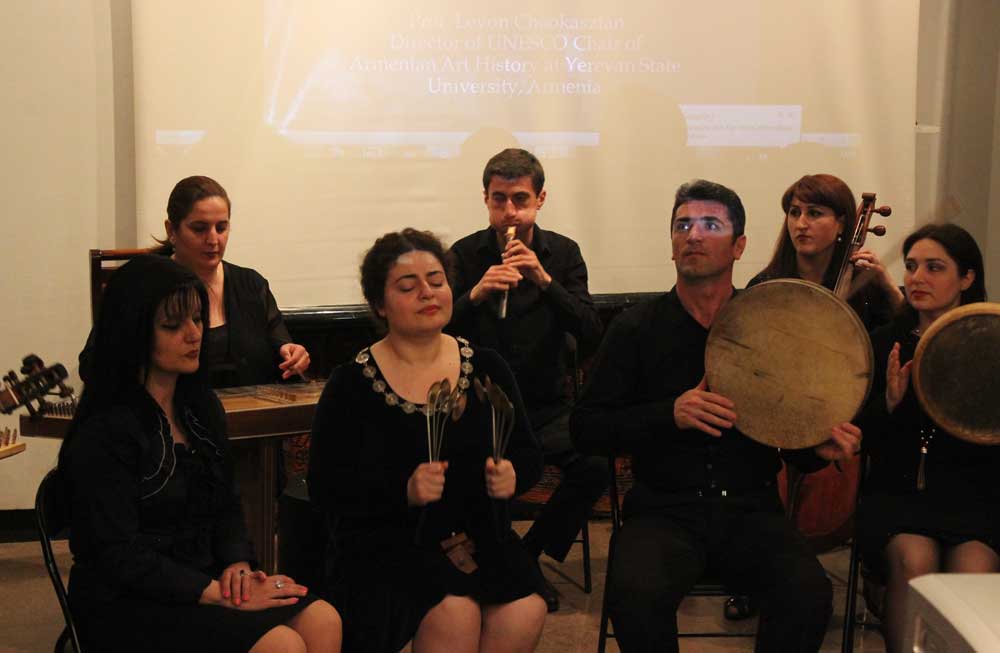
Armenian Traditional Music Ensemble performance at Hovannes Sharambeyan Museum of Folk Arts, Yerevan
The imposing windowless walls of the Museum of Sardarapat, designed in 1978 as part of a memorial complex by Rafael Israelyan, are like most buildings in Yerevan, built from tufa—a widespread local igneous stone favoured for its insulating properties. Within them are memorable carpets and ethnographic materials, including a 17th-century, red-ground dragon carpet and an 18th-century Afshan-design carpet (HALI 179 p.95), ceramic salt cellars, Armenian folk costume and a wool saddle cover with peacock-tailed quadrupeds in extra warp wrapping and weft-float brocade technique. In honour of the HALI Tour visit, a special temporary presentation of sophisticated woven basket fragments and fragile archaeological textiles discovered in Areni Cave in the Vayots Dzor region was also on show.

Rug on the loom with design taken from 18th century embroidery in the Etchmiadzin Treasury, Megerian Carpets Factory, Yerevan
The continuation of Armenia’s weaving tradition was observed at Megarian Rugs where rug restoration and modern production take place using naturally dyed, handspun wool. We came across a jubilant Canadian-Armenian wedding party having a photo opportunity at Garni Temple on the way to the atmospheric Geghard Monastery, carved into the cliffs of hills above the city. At the Mother See of Holy Etchmiadzin, the curator of the museum, Father Asoghik Karapetyan, graced us with entry to the treasury, not normally open to the public. A staggering array of objects donated to the Armenian Church from a diaspora scattered around the world were brought to life by his enlightening commentary on 18th-century Indian chintz altar hangings and other ecclesiastical textiles (HALI 186, pp.62-73). Aintab and Marash needlework, tablet-woven belts and other little-known costumes and embroideries impressed at both the National Museum and the Folk Art Museum in Yerevan where there was a special presentation of embroideries by modern folk master, Arpi Avdalyan.
Special thanks must be directed to Tatev Muradyan for her ongoing assistance. She is curator at the Folk Art Museum museum and manager of the Silk Road Hotel and Folk Arts Hub in Yerevan, where fresh tonir-baked lavash was served at a generous farewell lunch, sponsored by the hotel’s US-based owner Levon der Bedrossian and the Armenian Rug Society. Her enthusiasm and dedication to promoting textiles and cultural heritage with integrity are shared by HALI.
During the tour it became clear that while many of the most sought-after Caucasian rugs have now left the lands of their origin, many other notable and little-known textiles that share design elements with those carpets do remain in Armenia and Georgia; countries where rugs and textile traditions continue to be considered a vital element of the national identity. Although Mount Ararat stayed concealed behind stubborn cloud for the duration the 2016 tour, many guests agreed that this provided a welcome motive to schedule a return to view the dramatic Yerevan skyline on another, clearer day.



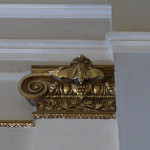
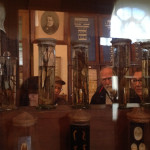

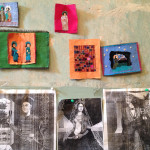

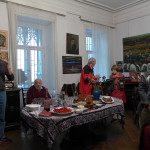
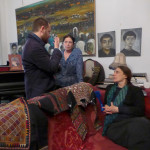
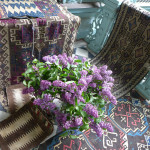
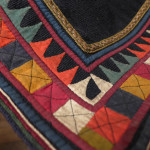
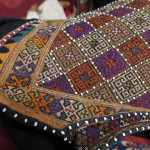
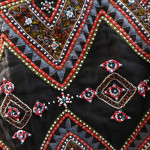
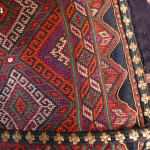
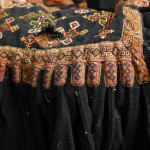
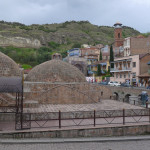
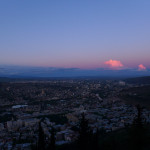
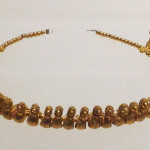
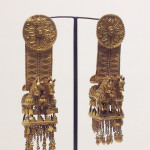
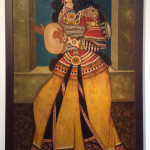
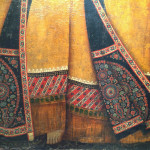
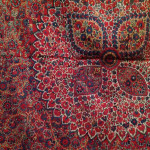
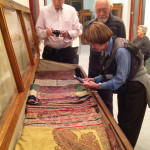
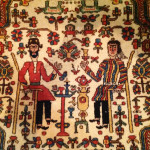
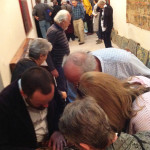
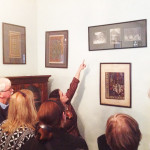
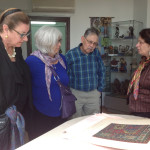
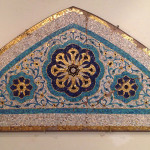
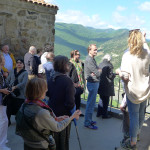
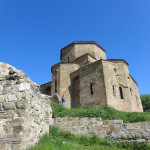
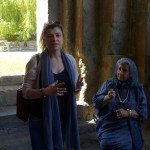
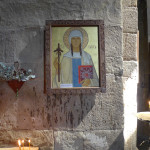
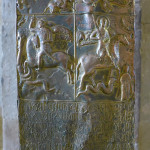
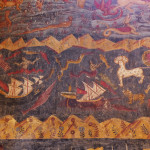
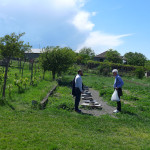
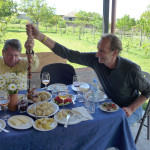
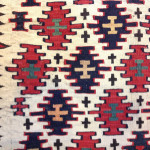
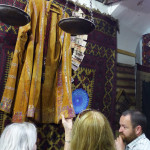
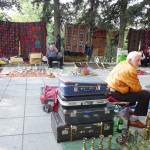
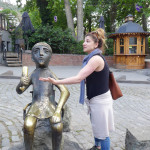


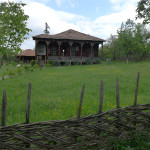

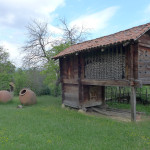
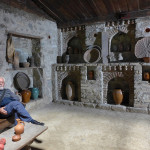

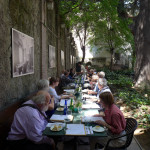
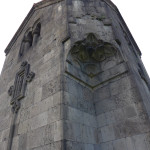
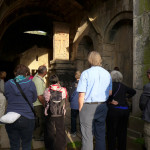

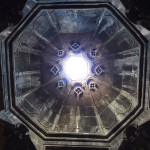

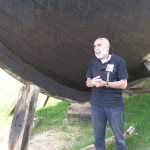
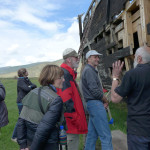


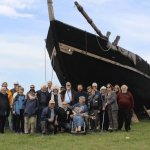
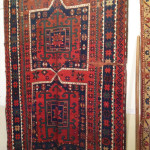
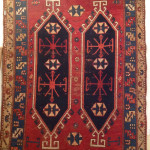

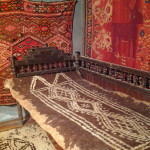
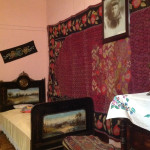
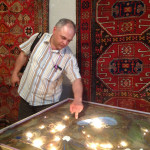
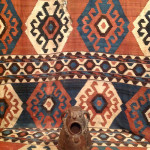

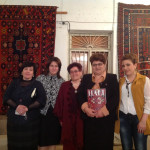

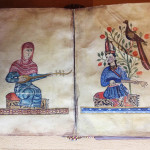
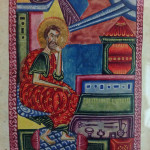
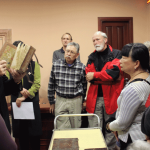
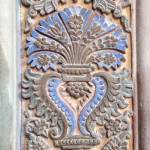
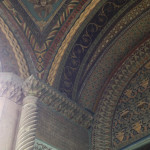
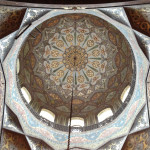
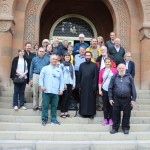
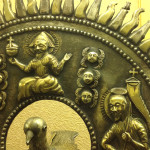
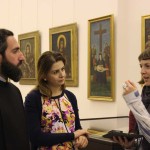
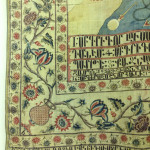
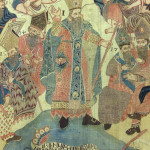
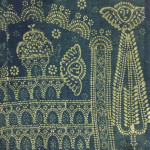
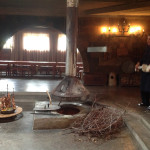
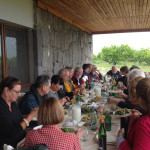

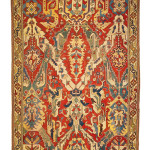
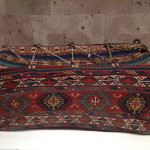

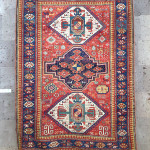
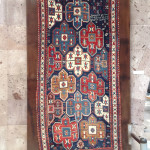

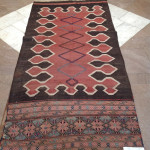
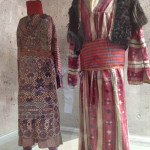

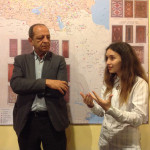
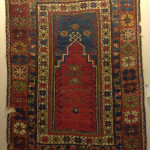
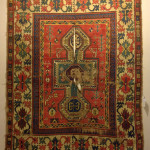
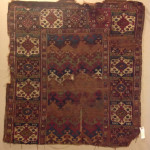
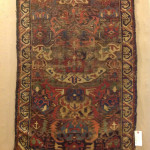

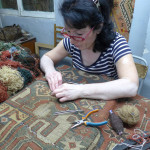

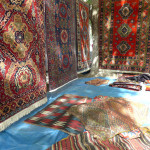
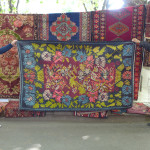

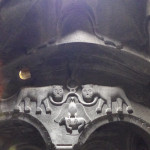
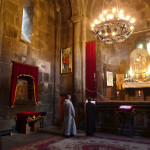
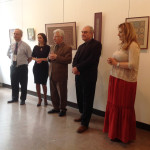
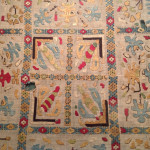
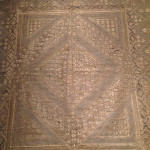
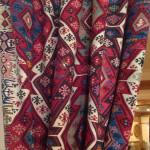
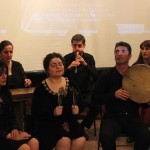
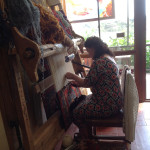

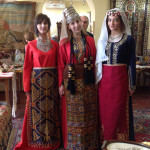
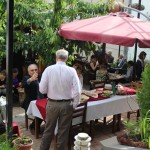
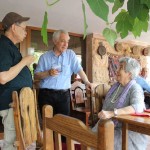
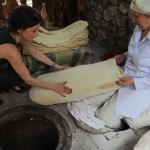
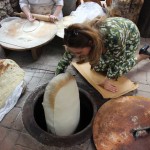
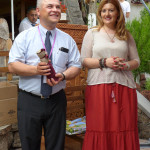
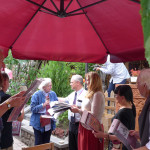
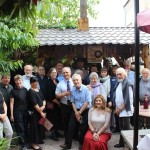
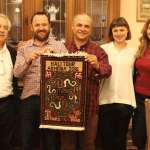
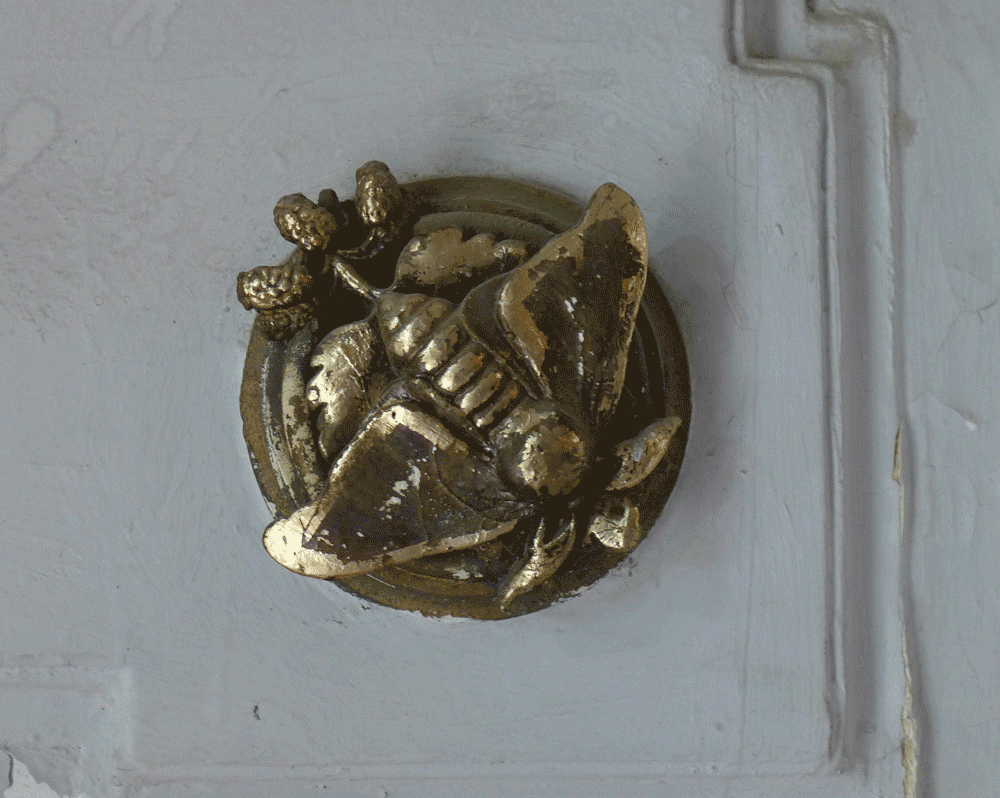
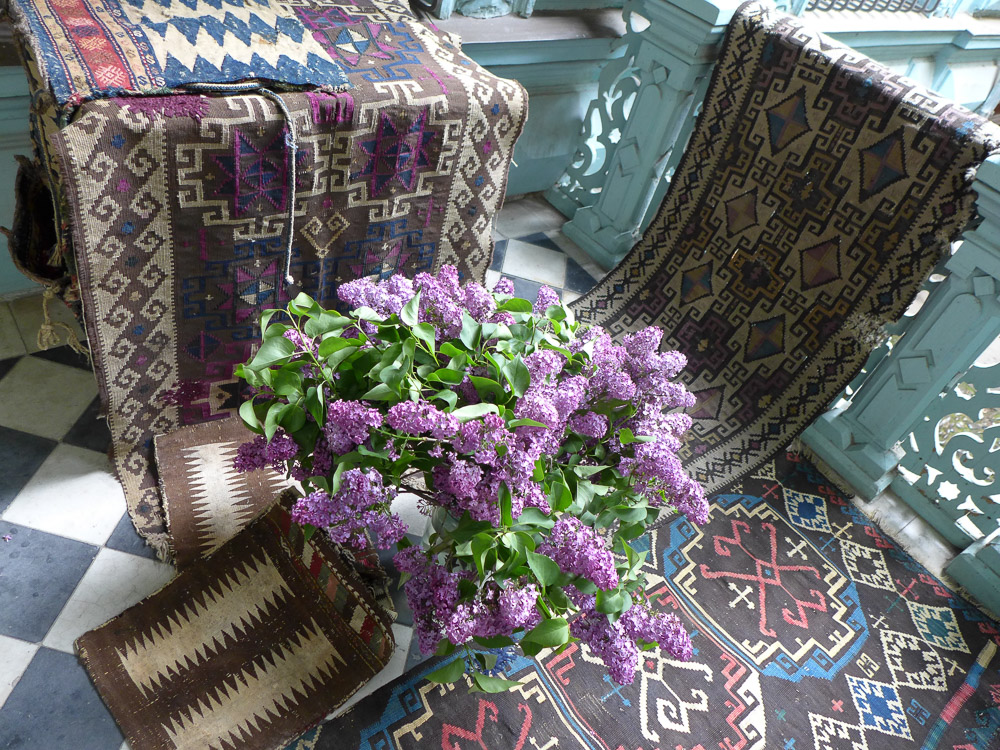

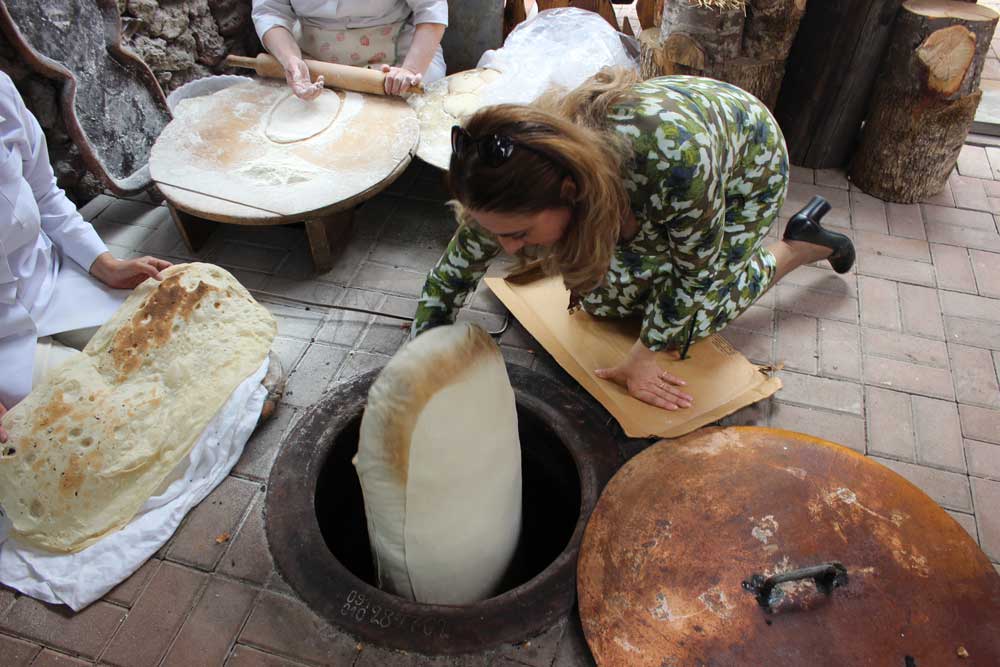
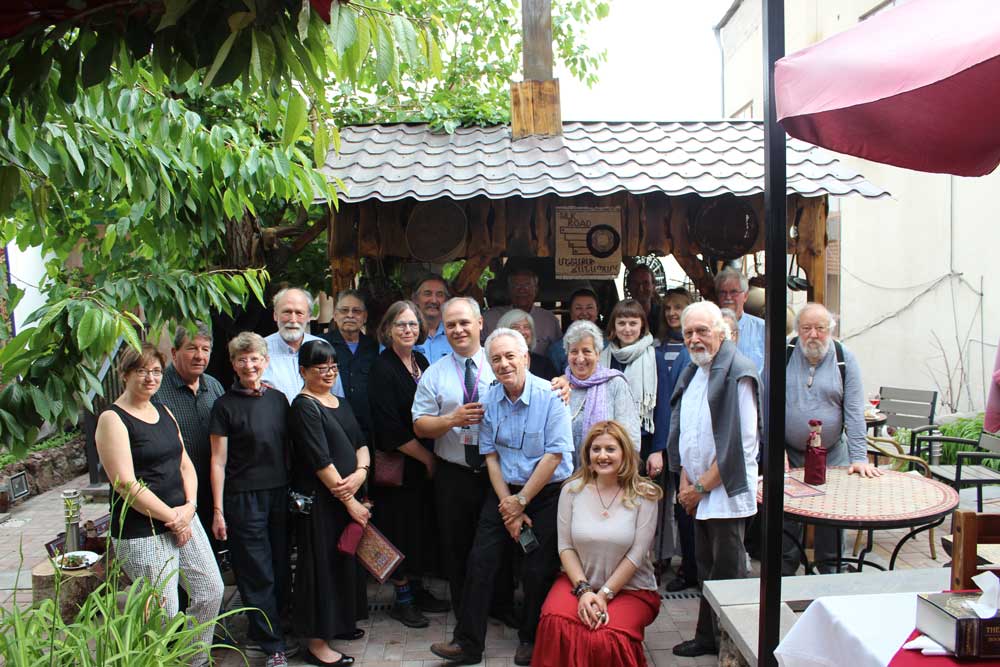
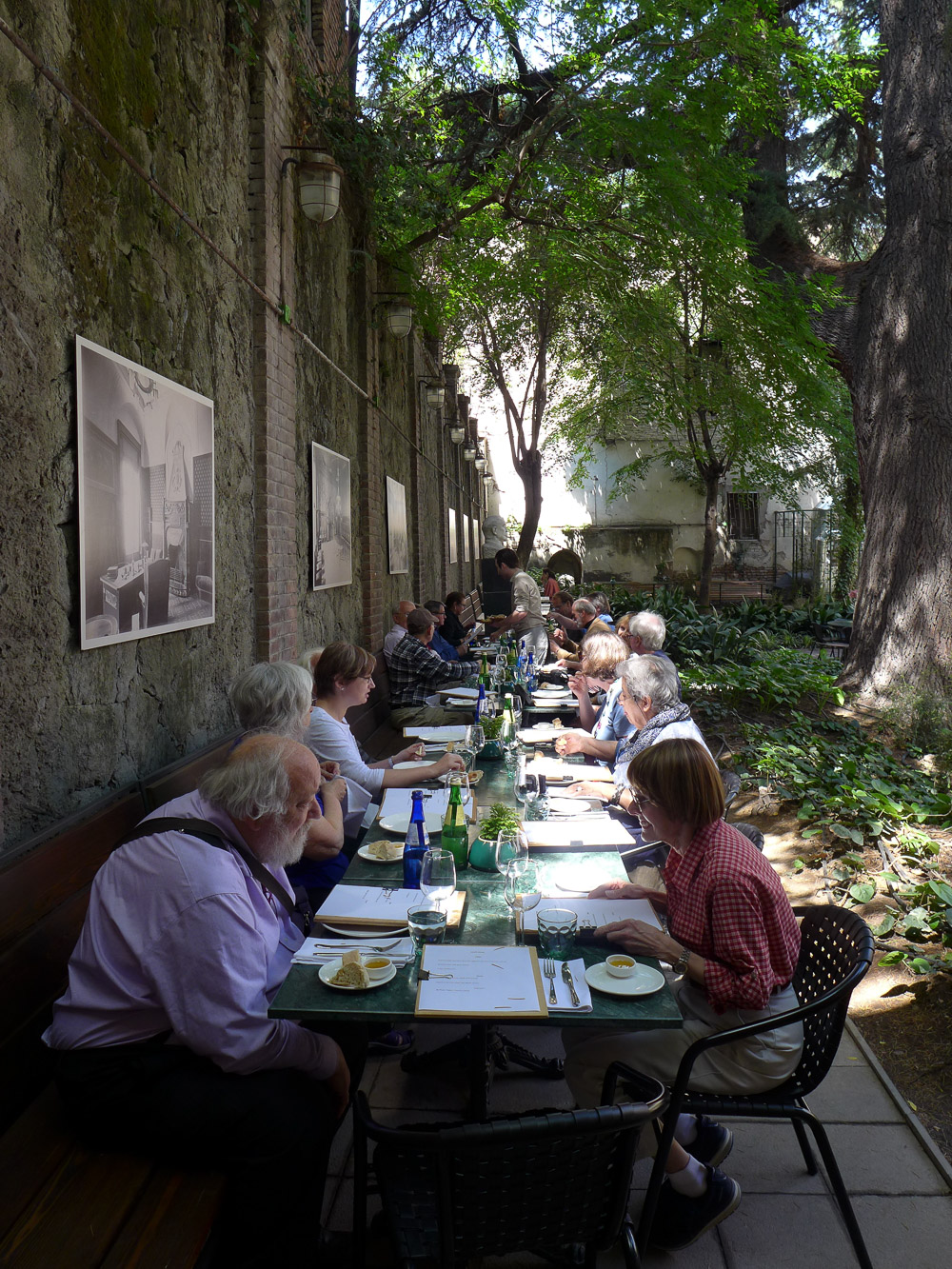
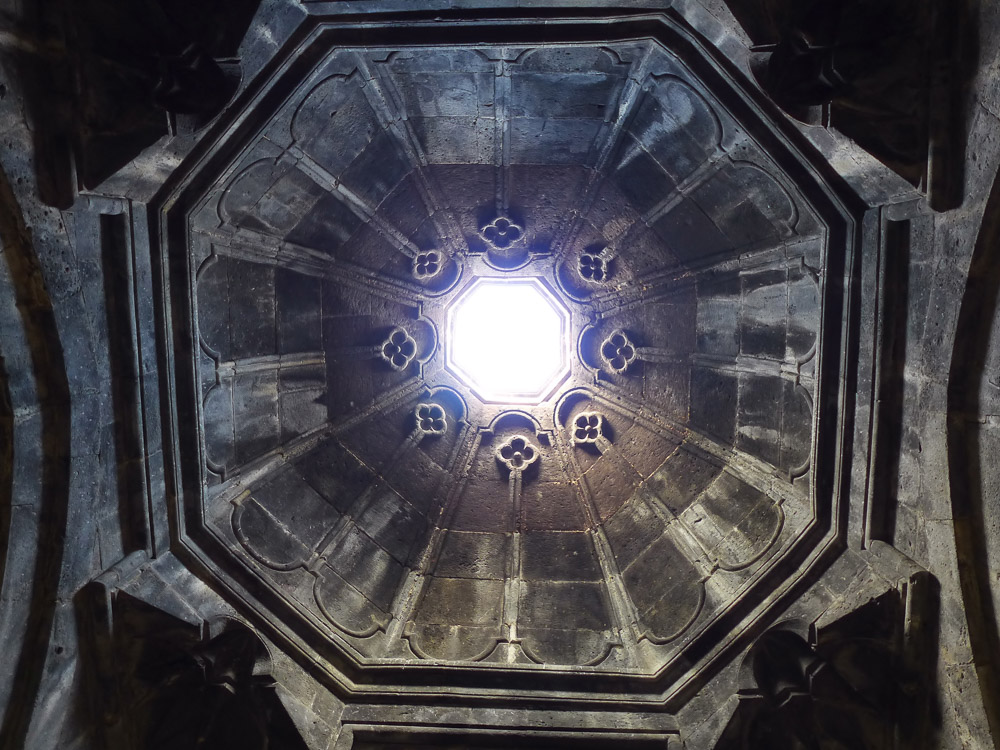











Comments [0] Sign in to comment